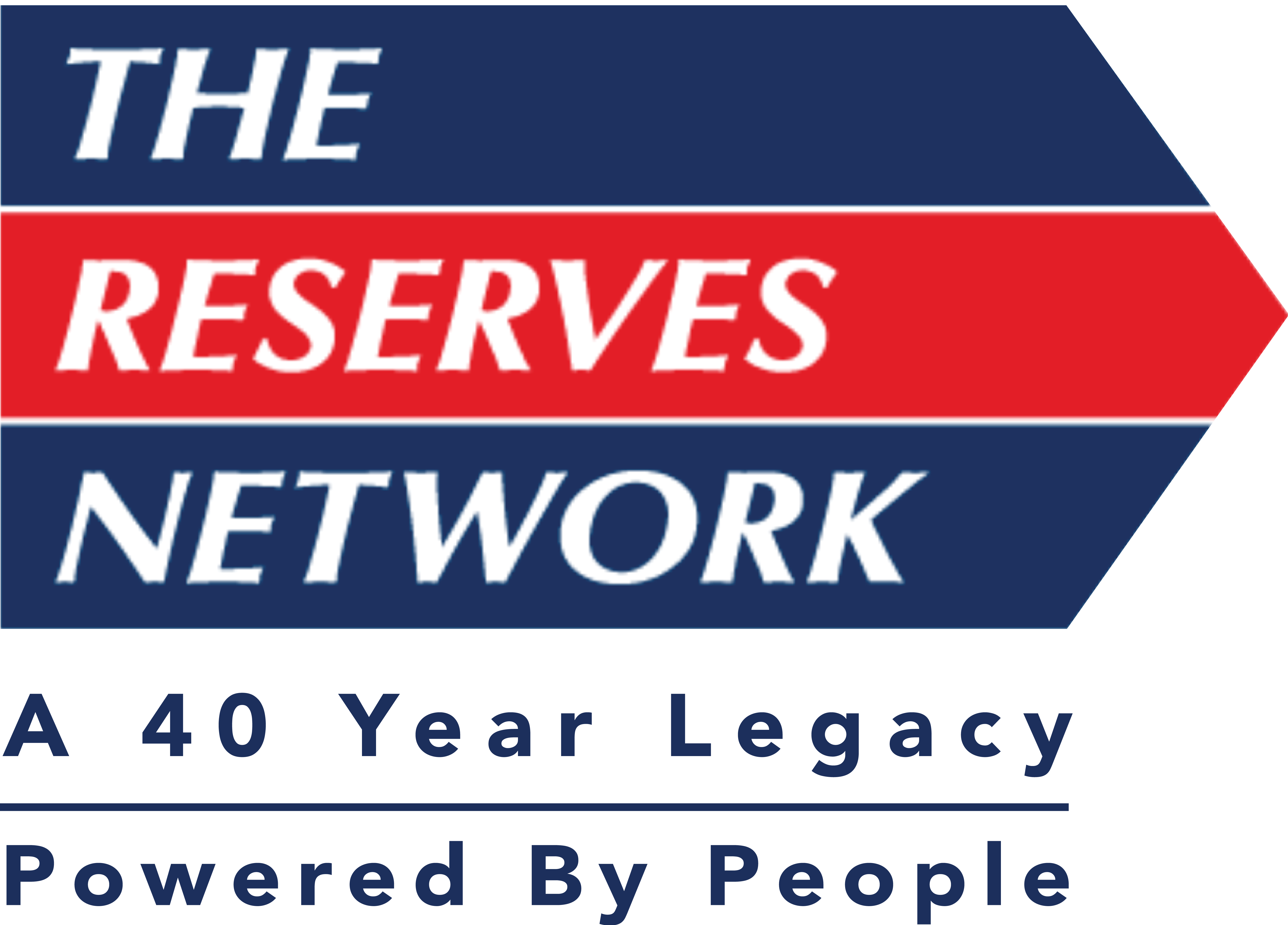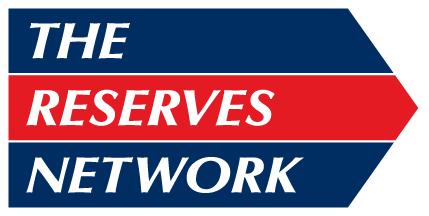Terminate or Reassign? What to do With a Bad Hire
Not all hires can be the best fit. However, the cost of a new hire can truly debilitate a workforce. So what do you do when an employee isn’t working out? Do you just take the loss and start the process all over again, or can you turn them around?
Terminating a new employee may be ignoring the problem altogether. You have to assess the situation from an outside standpoint before you jump to any rash decisions. You may find that your new hire wasn’t a bad employee after all, but rather they were in the wrong role. In this case, you will want to maximize your recruiting efforts and capitalize on the talent you have by reassigning your struggling employee.
Assess the pitfalls
Where exactly is this employee falling short and why? Are they just not trying? Do they have a bad attitude? Are they not qualified for the role they are in? Whatever the reason for their struggles, you need to note the difference between a permanent deficit and one that can be corrected. Once you have established the root of the issue, you will then be prepared to make an informed decision on whether you should terminate or reassign your underperforming employee. Keep in mind that if the issue is inherent in the personality of the employee, it will follow them to the next position they take.
Talk to them
It’s best to go straight to the source when dealing with a decision this serious. Talk to your employee in a very sincere manner that addresses their poor performance without assuming that it’s their fault or that it cannot be fixed. You may find that an illness in the family has been weighing on them or a freak plumbing incident has them living out of a hotel.
It is impossible and unhealthy to completely separate home-life from work-life. When tragic or unforeseen events come up, employees should be able to lean on their work and their co-workers for stability and support, not added pressure. You may find that by lending an ear and a few words of encouragement, that it isn’t necessary to fire or reassign this employee at all.
Consider your available positions
If it isn’t working out for a bad hire, consider the available positions within your organization that match their skill set. This saves time and resources that would otherwise be spent on recruiting and onboarding a new hire, and allows your struggling employee a second chance to thrive within your company.
Take into account the time spent with this employee as a better understanding of who they are as a professional and a person. You may find that the reasons for their struggles were because they were in the wrong position in the first place.
For more guidance or to find the right light industrial workers, partner with The Reserves Network. For over 30 years we have been a trusted light industrial staffing firm for thousands of businesses throughout the U.S. If you want the best recruits, contact TRN today.


